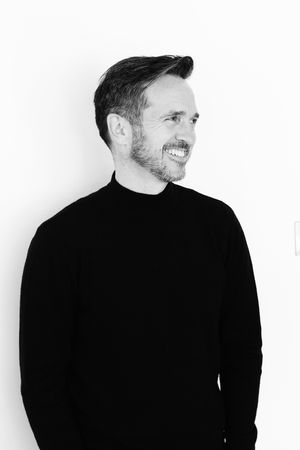If you're always firefighting in your business, don't become a better firefighter. Reduce founder traps and find a sustainable growth path.
Firefighting. Fire drills. Chaos. Pulled from pillar to post. Overwhelmed.
I hear those words a lot in my conversations with founder CEOs in growth businesses.
The conversations continue. I hear explanations of actions taken in response to the latest tsunami of problems to hit.
And then I ask them to consider what's really going on.
I ask them to dial up the curiosity and think beyond the obvious. To look into the hidden corners to consider the unspoken truths of their business.
Sometimes this leads to a deeper understanding of who they are as founders. It surfaces the unconscious influences they have on their business.
This is the first step to escaping their cycle of firefighting.
Brent Lowe talks about three traps that founders in growth businesses experience:
- Founder burnout - where the founder is giving all the energy and time they can, but it's not making the difference the business needs.
- Lack of a cohesive plan - the business is growing. What worked previously to hold things together doesn't work anymore. A new approach is needed for the next phase.
- Founder leadership - being a visionary founder and creating a business from nothing demands one form of leadership. Growing a business sustainably takes another.
He uses a helpful matrix to think about the relationship between action and clarity in a business:

Many founders I work with who talk about firefighting are operating in Brent's "chaotic burnout" quadrant.
They're highly active but lack the clarity of having a clear intentional purpose for their business. That shows in the business they're creating and its constrained pace of growth.
As businesses scale, complexity seems to grow exponentially.
Founders typically resist process because they worry it will kill off innovation. But the right kinds of processes don't do that. They reduce operational complexity into repeatable, lower risk work.
This process work needs to happen alongside developing that clear intentional purpose for the business and well-defined accountability for people's roles within it.
Which of Brent's four quadrants do you want your business to operate in? Where is it right now and how might you get it there?
Three questions to ask now
- How clear are you on the intentional purpose for your business and how is this really understood by your team members?
- As a founder what symptoms of firefighting do you recognise in your working week?
- How could your business better identify accountabilities for roles to power up growth?
Get deeper into this
Brent's book - Lead Together - goes into much more detail about how to put this into practice. I first met Brent as he researched this book and it includes experiences I shared from a business I used to lead:








